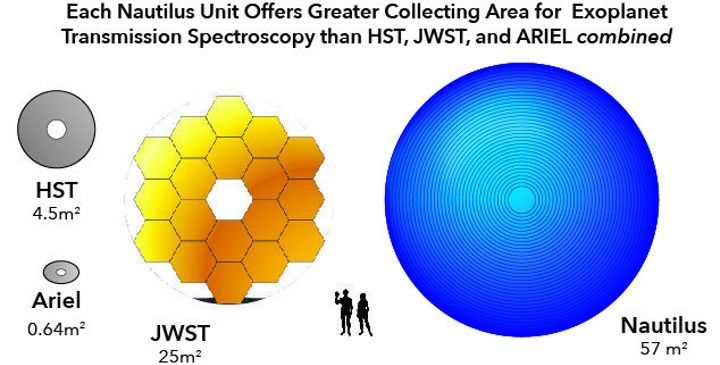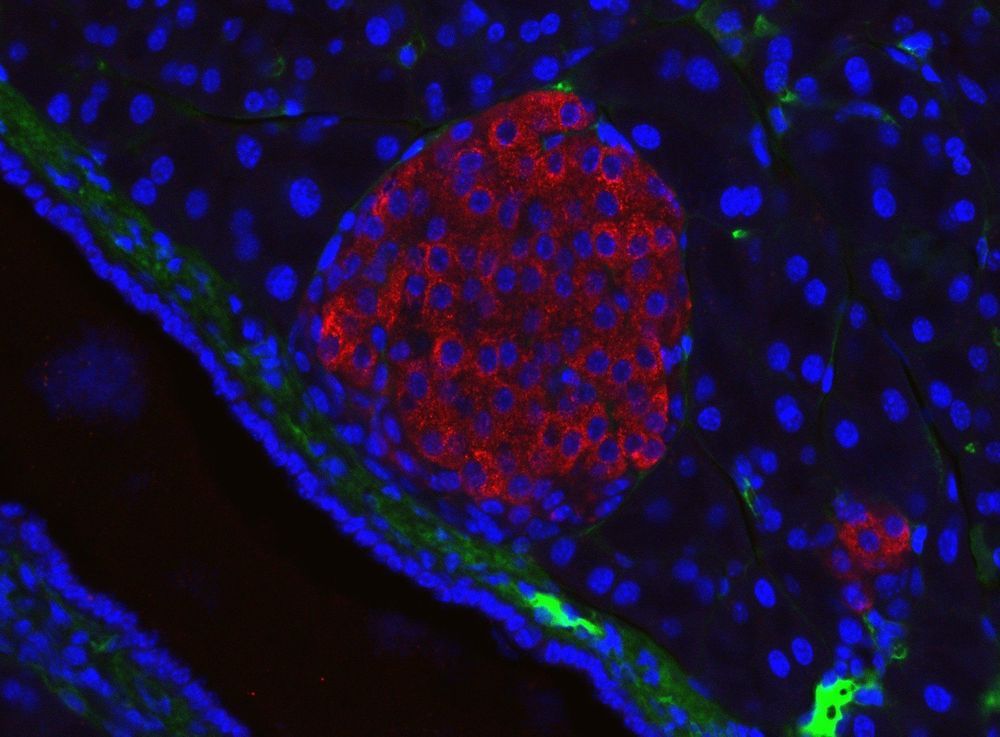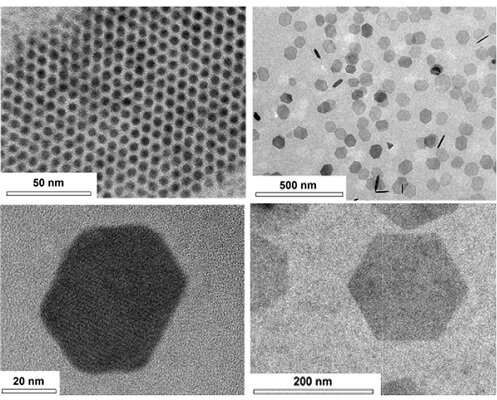Page 8907
Aug 5, 2019
Frozen heads and future fortunes: what is the cost of digital information?
Posted by Klaus Baldauf in categories: economics, mobile phones
With a seemingly infinite amount of knowledge available to us at the tap of a smartphone, we all take digital information for granted. But when it can be replicated at zero cost, how do the economic laws of supply and demand work, especially in the context of using digital currency?
Aug 5, 2019
Multi-order diffractive optical elements could lead to extremely light space telescopes
Posted by Klaus Baldauf in category: space
University of Arizona Project Nautilus aims to create a space telescope that can survey transiting exo-earths for biosignatures 1000 light years away.

Aug 5, 2019
The Current State of Longevity Science
Posted by Franco Cortese in categories: life extension, science
Aug 5, 2019
We contain microbes so deeply weird they alter the very tree of life
Posted by Quinn Sena in categories: biological, cosmology, health
Newly discovered life forms inside our bodies profoundly affect our health – and provide a glimpse of the vast and mysterious biological “dark matter” within us.
Aug 5, 2019
“Alien” DNA Makes Proteins in Living Cells for The First Time
Posted by Quinn Sena in categories: biotech/medical, genetics
Aug 5, 2019
Ancient Spanish DNA taken over
Posted by Quinn Sena in categories: biotech/medical, genetics
A study of 8,000 years of genetics from Spain and Portugal yields a surprisingly complex picture of the inhabitants’ ancestry.
Aug 5, 2019
Population Prospects 2019 and Life Extension
Posted by Steve Hill in categories: biotech/medical, life extension
A common concern about life extension is overpopulation, the idea that there are too many people in the world. Are we really headed for a global overpopulation meltdown, as some people believe? The United Nations’ World Population Prospects 2019 report suggests that while the global population will continue to rise for the next few decades, ultimately, that rise will plateau.
First things first: it’s population growth, not overpopulation
Whenever the topic of defeating age-related diseases comes up, there is inevitably someone who will cite overpopulation as an objection to healthy life extension and a reason why we should continue to let people become sick and die of diseases that science may be able to cure in the coming decades.
Aug 5, 2019
Deciphering pancreatic cancer’s invade and evade tactics
Posted by Paul Battista in categories: biotech/medical, genetics
Two known gene mutations induce pathways that enhance pancreatic cancer’s ability to invade tissues and evade the immune system. Researchers report the molecular details of this process, providing insights into druggable targets for immunotherapies.
Mutations in the genes KRAS and TP53 are closely linked to pancreatic ductal adenocarcinoma, by far the most common type of pancreatic cancer. Pancreatic cancers are often already malignant when diagnosed, making its five-year survival rate extremely low—less than ten percent. So, understanding how it evolves at the molecular level could help anti-cancer drug development.
Hisataka Sabe of Hokkaido University and colleagues in Japan conducted tests in human cancer cells and in mouse models of the disease to investigate the roles of KRAS and TP53 gene mutations in pancreatic ductal adenocarcinoma. The study was published in the journal Proceedings of the National Academy of Sciences (PNAS).
Aug 5, 2019
Synthesizing single-crystalline hexagonal graphene quantum dots
Posted by Quinn Sena in categories: biological, engineering, nanotechnology, quantum physics
A KAIST team has designed a novel strategy for synthesizing single-crystalline graphene quantum dots, which emit stable blue light. The research team confirmed that a display made of their synthesized graphene quantum dots successfully emitted blue light with stable electric pressure, reportedly resolving the long-standing challenges of blue light emission in manufactured displays. The study, led by Professor O Ok Park in the Department of Chemical and Biological Engineering, was featured online in Nano Letters on July 5.
Graphene has gained increased attention as a next-generation material for its heat and electrical conductivity as well as its transparency. However, single and multi-layered graphene have characteristics of a conductor so that it is difficult to apply into semiconductor. Only when downsized to the nanoscale, semiconductor’s distinct feature of bandgap will be exhibited to emit the light in the graphene. This illuminating featuring of dot is referred to as a graphene quantum dot.
Conventionally, single-crystalline graphene has been fabricated by chemical vapor deposition (CVD) on copper or nickel thin films, or by peeling graphite physically and chemically. However, graphene made via chemical vapor deposition is mainly used for large-surface transparent electrodes. Meanwhile, graphene made by chemical and physical peeling carries uneven size defects.
















